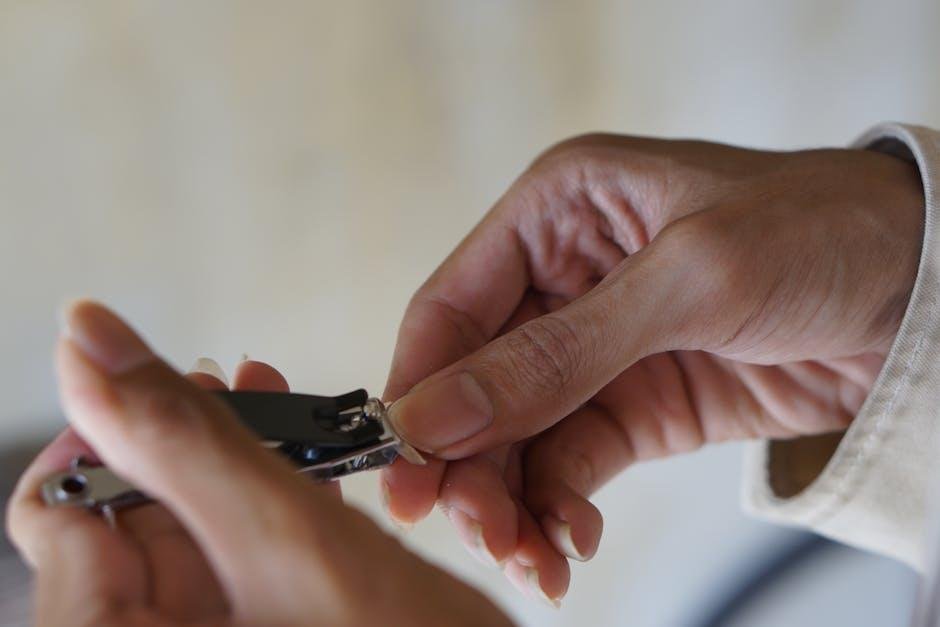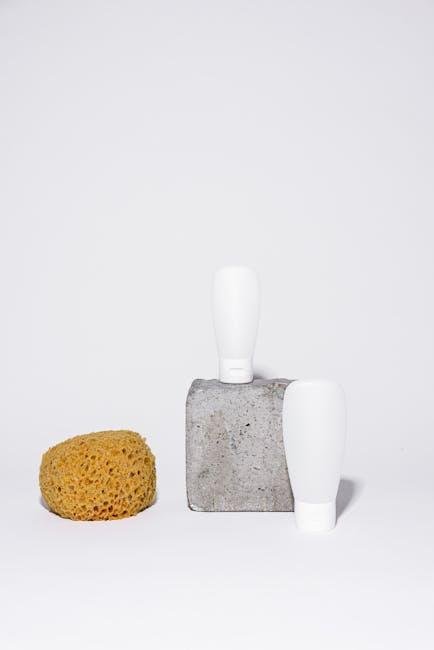In the realm of pet ownership, there’s a certain joy that comes with the responsibility of grooming your furry friend. The gentle brushing, the careful trimming, and the moments spent bonding during bath time can be some of the most rewarding experiences. However, the enthusiasm of a DIY grooming session can sometimes lead to unexpected pitfalls. Actually, seemingly harmless at-home grooming practices can result in unnecessary vet visits, leaving both pets and their owners feeling a bit frazzled. in this article,we will explore the common DIY grooming mistakes that many pet parents make,uncovering how to avoid these mishaps so that your grooming routine can remain a safe and enjoyable experience for both you and your beloved companion. Whether you’re a seasoned groomer or just starting out, understanding these potential hazards is key to keeping your pet healthy and happy.
Common Grooming Pitfalls That endanger Your Pet’s Health
Many pet owners take pride in grooming their furry companions at home, but some common missteps can have serious consequences for your pet’s well-being. One of the major risks is using the wrong tools, which can lead to skin irritations or injuries. As a notable example, human hair clippers can overheat and burn a pet’s skin, while improper brush selection can cause painful pulling or tangling of their fur. Always ensure you are using pet-specific grooming tools and consult a professional if you’re unsure of what to choose.
Another common oversight is neglecting the importance of regular ear and eye care. If grooming is limited to just bathing and brushing, issues like ear infections and eye irritations may go unnoticed. It’s essential to incorporate a thorough examination of these sensitive areas during grooming sessions. Additionally, keeping an eye on nail maintenance is crucial; overgrown nails can cause discomfort and lead to mobility issues. Establishing a extensive grooming routine that includes these critical points will help prevent unnecessary vet visits.

The dangers of Improper Nail Trimming Techniques
Improper nail trimming techniques can lead to a host of issues for pets, from minor discomfort to serious health problems. When nails are cut too short, it can cause bleeding and immense pain due to nicking the quick, which houses blood vessels and nerves. This not only creates a traumatic experience for your pet but can also lead to fearful behavior during future grooming sessions. Additionally, nails that are left too long can curl inward and puncture the pad of the paw, creating open wounds that are prone to infection and can become a breeding ground for bacteria.
To ensure the safety and well-being of your pet during nail grooming,consider these best practices:
- Use the right tools: Invest in high-quality pet nail clippers or a grinder designed specifically for animal use.
- Know were to cut: Familiarize yourself with your pet’s anatomy to avoid cutting into the quick.
- Take your time: Be patient and allow your pet to get comfortable; rushing can lead to mistakes.
- Reward positive behavior: Use treats and praise to create a positive association with nail trimming.
Monitoring your pet’s nail health is crucial. Below is a simple table to help you understand the signs of proper and improper nail care:
| Signs of Proper Care | Signs of Improper Care |
|---|---|
| Nails are trimmed regularly | Nails are visibly long or curling |
| Pet does not flinch during trimming | Pet shows signs of fear or aggression |
| Paws are clean and uninjured | Visible wounds or infections near claws |

Understanding the Impact of Incorrect Bathing Products
When it comes to grooming our furry companions, the choice of bathing products can significantly influence their health and well-being.Many pet owners unknowingly opt for human shampoos or harsh chemical-rich products, leading to unintended consequences that can necessitate a trip to the vet. These incorrect products can strip natural oils from the skin, resulting in issues such as dryness, irritation, or even allergic reactions. Additionally,pH levels vary between humans and animals; using the wrong shampoo can disturb the delicate balance of a pet’s skin,contributing to discomfort and potential skin infections.
to help pet owners make informed decisions, here are some essential tips to consider when selecting bathing products for your pets:
- Choose Pet-Specific Shampoos: Always use products labeled for pets, as these are formulated to meet their unique skin and coat needs.
- Avoid Scented Products: Strong fragrances can be irritating. Opt for unscented or naturally scented options rather.
- Check Ingredients: Look for natural ingredients and avoid sulfates, parabens, and artificial additives.
- Consult Your Vet: If in doubt, your veterinarian can recommend the best products based on your pet’s specific conditions and skin type.

How to Spot Signs of Stress During Grooming Sessions
Grooming your furry companion can be a delightful experience, but it’s essential to remain vigilant for any signs of discomfort or stress during the process. Often, pets exhibit subtle cues that indicate they may be feeling overwhelmed or anxious. Watch for behaviors such as excessive panting, hiding, or trying to escape, as these can signal heightened distress. Additionally, pay attention to their body language: a tucked tail, flattened ears, or tense muscles are all indications that your pet may not be enjoying the grooming session as much as you think.
To help identify these signs more effectively, consider the following key indicators of stress:
- Vocalizations: Uncharacteristic whining, growling, or excessive barking can be red flags.
- Stiffness: A rigid posture or hesitance to move can suggest discomfort.
- Nail Biting or Scratching: Engaging in self-soothing behaviors may point to anxiety.
- Increased aggression: Growling or snapping are clear warnings that the situation may be too much for your pet to handle.
By being mindful of these behaviors, you can take proactive steps to create a calm grooming atmosphere. If your pet seems stressed, consider taking breaks, using calming sprays or treats, or redesigning your grooming routine to make it more enjoyable for both of you.
Closing Remarks
while the allure of DIY grooming can be tempting and budget-friendly, it’s essential to tread carefully in this endeavor. The well-being of your pet should always come first, and sometimes, a seemingly minor grooming mistake can lead to larger issues that require professional intervention. By being aware of common pitfalls and investing in proper tools, techniques, and occasional visits to your veterinarian or a professional groomer, you can ensure that your furry friend stays healthy and happy. Remember, grooming is not just about aesthetics; it’s an significant aspect of your pet’s overall health. So, as you embark on your DIY grooming journey, do so with knowledge, caution, and love—because our pets rely on us to be their best advocates. Happy grooming!



